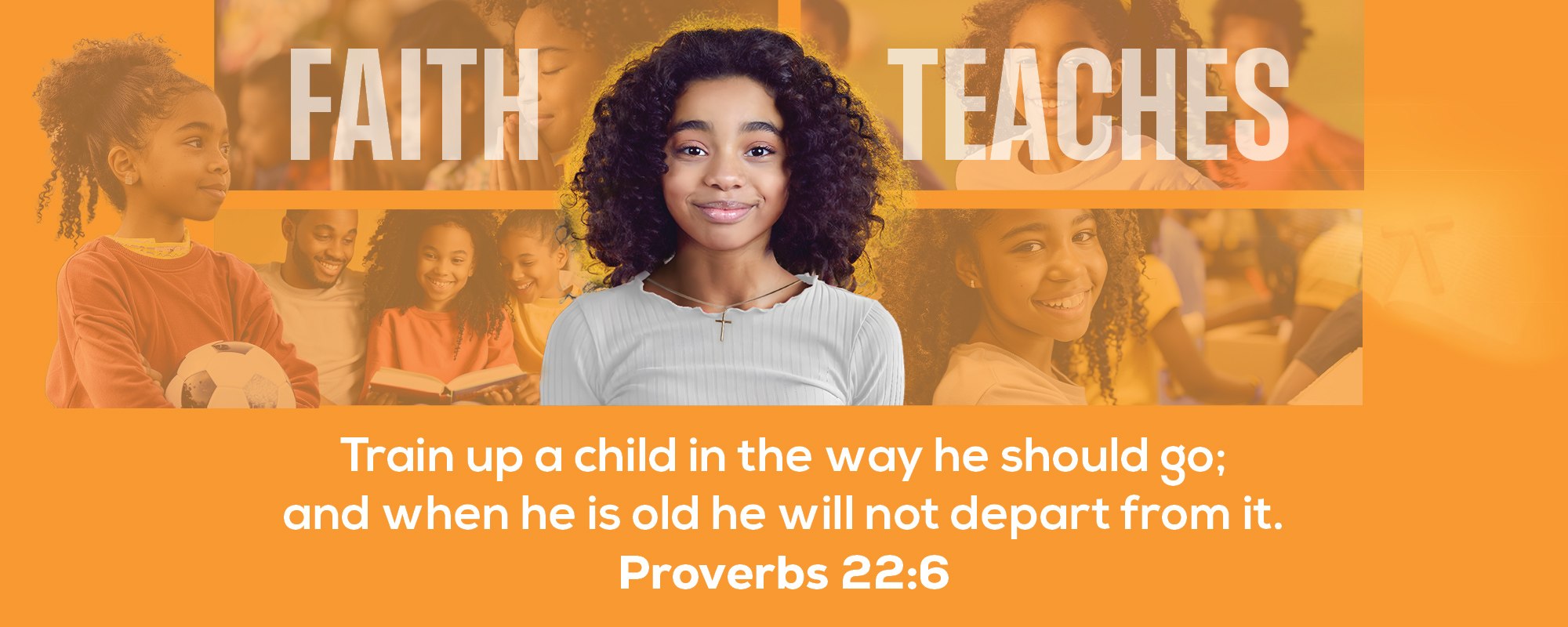Failure Is an Important Aspect of Learning
.jpg?sfvrsn=4c2d8b59_1)
Previously, while serving as a lower school STEM teacher, I had an opportunity each day to create a learning environment for my students that allowed them to use their creativity. My classroom was designed to be a collaborative space where students worked with others to solve problems. Some days those problems were given to them by me, while other days, they chose a problem they wanted to tackle (Rob & Rob, 2018).
When students collaborated on a project, they were learning how to work with others, and they were also discovering that many other opinions exist besides their own. This is something needed in life beyond school. At the completion of the project, groups shared with the rest of the class via a video, poster presentation, etc. Together we discussed what we liked and what we would have done differently, and we asked them questions about their learning process. After each group presented their project, they reflected with their group members about how they thought their project was successful and what improvements they could have made.
When I began as a STEM teacher, being a Type-A, highly organized person, I had allotted “x” number of class periods to complete projects. I learned very quickly that I needed to be more patient and not rush the learning process. My lesson plans became very fluid, and projects were often extended for several weeks. One lesson in particular with fourth grade students ended up taking five weeks (of one-hour class periods each week) to complete! They were studying medieval Europe in social studies and were designing and creating “armor” in my class using only cardboard, duct tape, and pool noodles. Not only did they have a great time, but they were also then able to have a jousting tournament in P.E. when their armor was completed, making this a great interdisciplinary learning experience.
While each student entered my classroom with prior knowledge, that knowledge differed from student to student. I learned to use that as a starting point to new instruction (Branford, Brown, Cocking, 2000). I did bear in mind, however, that while students were developmentally similar due to their grade level and age, they were not all the same. They each processed things in different ways, and thereby, their learning was different.
I also had the unique opportunity in my STEM classroom to celebrate failing. Students learned very quickly that I got really excited when their project failed because that meant they were learning—and after all, that’s the goal! They heard me say often that failing does not equal failure; failing equals learning. One of the ways some of my classes learned was through my failures as a teacher. My fifth-grade students got to experience one of my epic failings when what I thought was going to be a “super cool” project completely bombed. We all laughed until we cried! It was an epic failure, but an epic learning experience for them—and me!
I was very blessed to teach in a wonderful school that supported risk-taking and innovation in all classrooms (shout-out to ECS in Memphis, Tennessee, an ACSI exemplary school!). A STEM classroom is a natural place for these things to occur, but that does not mean innovation and risk-taking cannot occur in other classrooms as well. We should inspire students to take risks, innovate, and design/create on their own. We should also give students a voice and a choice in their learning (i.e., my students got to choose how they presented their projects, they got to choose a project to explore, etc.), for when they are given choices, they are more engaged and likely to experience success.
As an educational leader, I have learned that these same principles apply to the teachers I lead as well. They also need to be encouraged to innovate, take risks, and view failing as learning.
Risk-taking, creativity, and innovation are areas in which I still need to grow. It is precisely what led me to pursue a Doctor of Education in Leadership and Innovation degree (graduating in May 2026!). I became an educator 30 years ago, and when I entered the profession, I had beliefs and biases about children’s learning. Those beliefs drove my attitudes and practices for many years (Ackerman, 2001). As I have seen and experienced the many changes in education over the past 3 decades, I realize that to continue to remain relevant in my field, I have to overcome some of my previously held beliefs and rid myself of biases and accept new ideas. One of those ideas is allowing students and teachers the space to fail in order to promote learning.
I have learned to rethink education, imagine new learning environments, and utilize new tools, media, and technology in my career (Ackerman, 2001), but I know that I need to continue growing in this area to effectively lead my team. As educators, may we all remember to be lifelong learners and never stop growing.
References:
Ackerman, E. (2001). Piaget’s constructivism, Papert’s constructionism: What’s the difference? Future of Learning Group Publication, 5(3), 1-11, doi:10.1.1.132.4253
“1 Learning: From Speculation to Science.” National Research Council. 2000. How People Learn: Brain, Mind, Experience, and School: Expanded Edition. Washington, DC: The National Academies Press. Doi: 10.17226/9853.
Rob, M. and Rob, F. (2018), “Dilemma between constructivism and constructionism: Leading to the development of a teaching-learning framework for student engagement and learning.” Journal of International Education in Business, Vol. 11 No. 2, pp. 273-290.
About the Author
.jpg?sfvrsn=575ba143_1)

More Blog Posts
-
Chris Loncar | July 1, 2025
-
Mike Allen | June 24, 2025
-
Deon Parker | June 16, 2025
-
Pam Culbreth | June 9, 2025
More ACSI Blog Posts
-
Chris Loncar | July 1, 2025
-
Mike Allen | June 24, 2025
-
Deon Parker | June 16, 2025








.jpg?sfvrsn=88e5d4a1_1)
.jpg?sfvrsn=38febb48_1)